Become an Assessor with INAB
ILAC celebrates 30 Years
ILAC is the international cooperation of laboratory and inspection accreditation bodies which this year celebrates its 30th anniversary. One of the primary aims of ILAC is the removal of technical barriers to trade.
Imagine you are importing toys from another country. The toys have been tested in that country by a laboratory which says it meets international safety standards. But how do you convince your authorities that the tests –and results – are genuine?
That dilemma was a major impediment to international trade 30 years ago, but today, thanks to a handful of pioneers, things have changed for the better.
The ability of authorities to trust technical standards and procedures from different countries reaches an important milestone this year - with the International Laboratory Accreditation Cooperation (ILAC) celebrating 30 years of helping the world's economies overcome technical barriers to trade.
ILAC’s evolution was prompted by the Tokyo round of international trade negotiations under the General Agreement on Tariffs and Trade (GATT). The outcome was the GATT Standards Code, an agreement between a number of the member states encouraging recognition of the equivalence of different standards, and the variety of testing and accreditation regimes.
ILAC’s Chair, Daniel Pierre said: “The first conference on International Laboratory Accreditation, was convened in Copenhagen in 1977 by Mr Per Lund Thoft of the Ministry of Trade, Denmark with the support of Dr Howard Forman of the US Department of Commerce. Twenty countries from around the world, the EEC Commission and ISO accepted their invitation.”
The conference gave countries that already had, or were planning accreditation schemes an opportunity to compare notes and experiences. The delegations with practical experience were The National Testing Board of Denmark (1977), NVLAP US Department of Commerce (1976), BSI's System of the Registration of Test House, UK (1977) NATA - Australia (1947) and TELARC - New Zealand (1973).
“The outcome of that first ILAC conference was the idea that mutual recognition agreements between accreditation bodies meant any laboratory, anywhere could have their test results recognised as reliable. ILAC from its inception has worked to create an international framework to support international trade through the removal of technical barriers. This is now recognised through the ILAC Mutual Recognition Arrangement (MRA).
Fifty eight signatories, representing 46 economies have now signed the ILAC Mutual Recognition Arrangement, enhancing the acceptance of products and services across national borders,” Mr Pierre said.
Further information about ILAC is available from the website at http://www.ilac.org/aboutilac.html
To download historic ILAC photos go to: http://www.ilac.org/Photos


